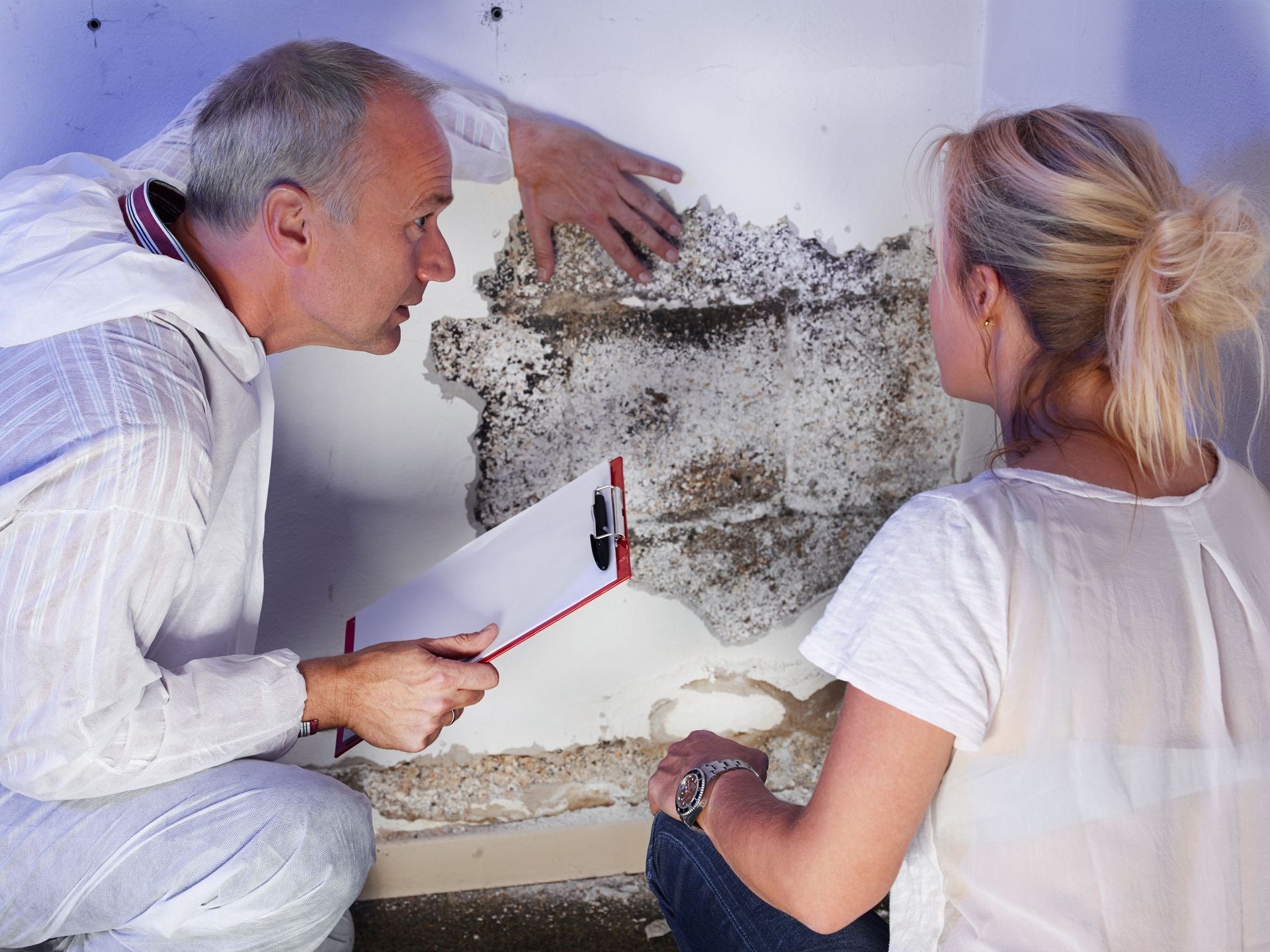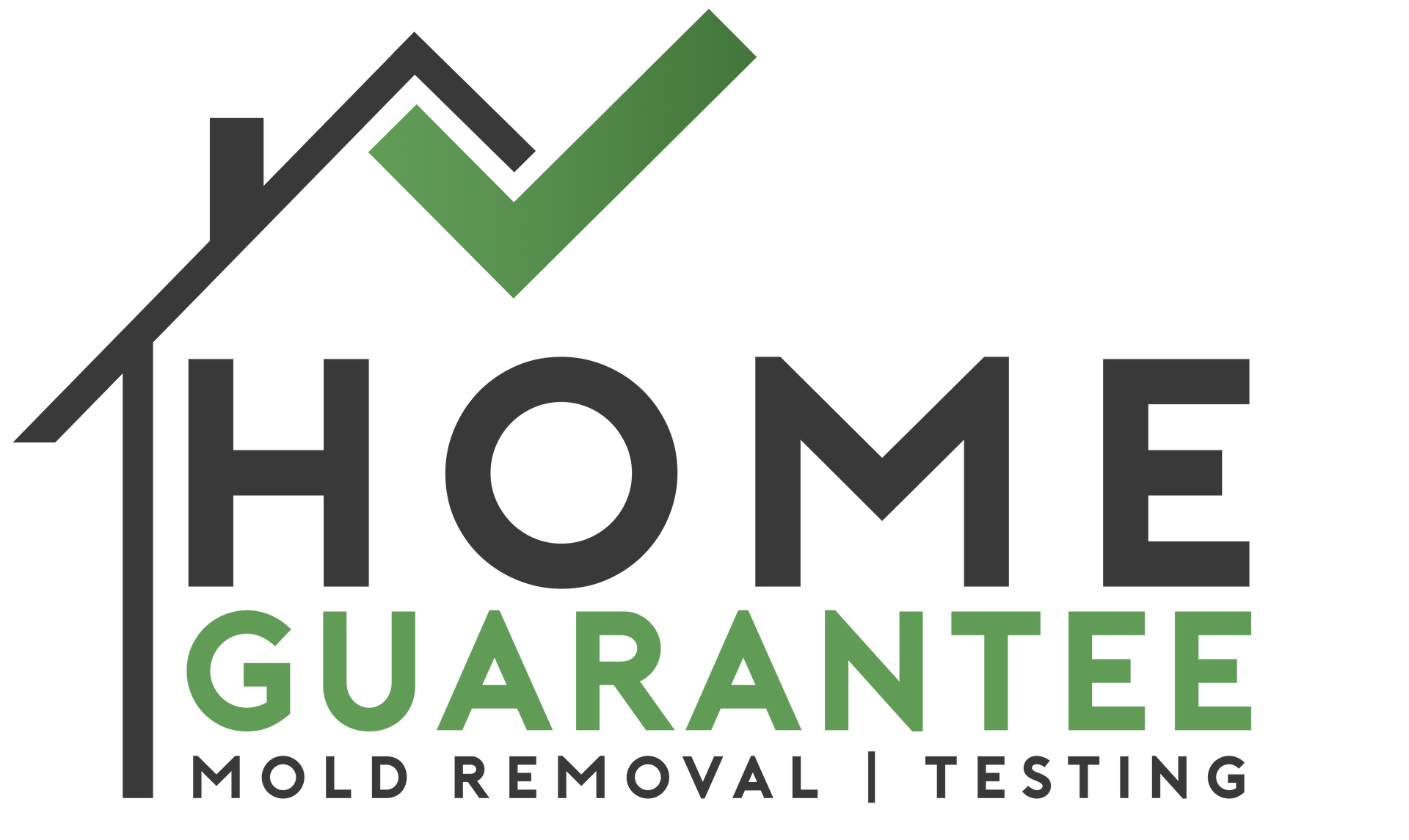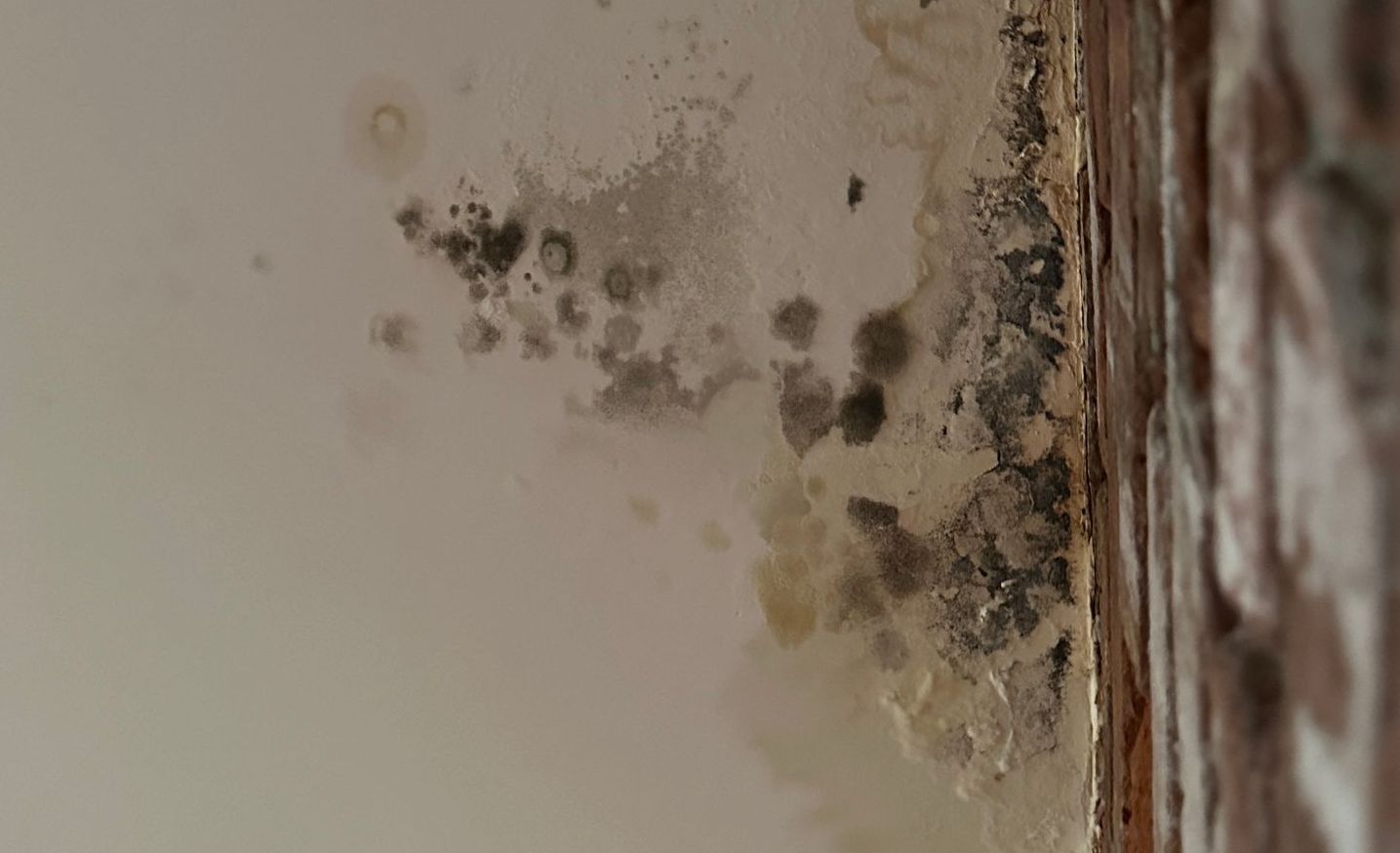How To Test Air Quality In Your Home

In recent years, the importance of maintaining good air quality within our homes has been underscored dramatically. With people spending a significant amount of time indoors, especially during the ongoing COVID-19 pandemic, the air we breathe inside our homes can significantly impact our health and well-being. Understanding how to effectively test and improve your home's air quality is not just a matter of comfort, but a crucial aspect of maintaining a healthy lifestyle.
DIY Testing vs Hiring a Professional
When considering air quality testing, homeowners typically have two options: DIY testing kits or hiring a professional.
DIY Kits: These are readily available and can provide a general sense of the air quality in your home. They are usually designed to detect common pollutants such as mold, radon, and VOCs. However, they might not capture the full spectrum of air contaminants, especially at lower concentration levels.
Professional Testing: A more thorough approach involves hiring a professional who can conduct comprehensive testing. Professionals use sophisticated equipment capable of detecting a wider range of pollutants at varying concentrations. They can also interpret the results accurately, providing homeowners with a detailed analysis of their indoor air quality.
What Causes Poor Air Quality?
Indoor air quality can be affected by numerous factors. Common causes of poor air quality in homes include:
- Biological Contaminants: This category includes mold spores, pollen, pet dander, dust mites, and bacteria. These can trigger allergies, asthma attacks, and other respiratory conditions.
- Chemical Pollutants: VOCs emitted from paints, cleaning supplies, and other household items fall into this category. Prolonged exposure can lead to various health issues, from eye irritation to more serious conditions like liver damage.
- Combustion Products: Burning fuels for heating or cooking can release harmful gases like carbon monoxide and nitrogen dioxide, along with particulate matter, all of which can impact respiratory health.
Here Are The Three Tests For Air Quality
Testing for various pollutants typically involves different methodologies:
Testing for Mold
Mold testing involves collecting air samples from various home areas and analyzing them for mold spore types and concentrations. Mold prefers moist environments; hence, areas prone to dampness should be given special attention. DIY mold tests are available, but for a more comprehensive analysis, especially for hidden mold, professional testing is advised.
Testing for Radon
Radon is a radioactive gas that naturally emanates from certain soils and rocks. It can infiltrate homes through cracks and openings in the foundation. Given its carcinogenic nature, particularly its link to lung cancer, radon testing is crucial. While DIY radon testing kits are available, for more accurate results, especially in radon-prevalent areas, a professional assessment is recommended.
Testing for VOCs
VOCs are emitted by a wide range of products, including cleaning agents, building materials, and personal care products. Testing for VOCs usually involves collecting air samples over a period and analyzing them in a lab. Due to the health risks associated with prolonged VOC exposure, identifying and mitigating these compounds is vital for maintaining healthy indoor air.
How Long Does an Indoor Quality Test Take?
The time frame for conducting an indoor air quality test can vary significantly based on the type of test being performed. DIY test kits typically require several days to a week for sample collection, followed by additional time if lab analysis is needed. On the other hand, professional testing can often yield quicker results, sometimes within a day, although this can extend if multiple pollutants are being tested or if in-depth analysis is required.
Improving Indoor Air Quality
Once you have the results of your air quality tests, the next step is to improve your indoor air quality. Here are some general tips:
- Increase Ventilation: Regularly opening windows and doors can significantly improve indoor air circulation, reducing pollutant concentrations.
- Use Air Purifiers: High-efficiency particulate air (HEPA) purifiers can effectively remove most airborne particles, including those as small as viruses.
- Control Humidity: Keeping indoor humidity levels between 30% and 50% can help reduce the growth of mold and dust mites.
- Regular Cleaning: Regular dusting and vacuuming can significantly reduce the presence of dust mites, pet dander, and other biological contaminants.
- Avoid Smoking Indoors: Cigarette smoke is a significant indoor air pollutant and should be avoided inside homes.
- Monitor Carbon Monoxide Levels: Installing carbon monoxide detectors near combustion appliances can prevent CO poisoning.
Understanding and maintaining good indoor air quality in your home is not just essential for comfort but is crucial for your health. Whether opting for a DIY approach or seeking professional help, the key is to regularly assess and take active steps to improve the air you breathe indoors. By increasing awareness and taking these proactive measures, you can ensure that your home remains a safe haven, free from harmful air pollutants that can adversely affect you and your family's health. Remember, the journey to better indoor air quality is an ongoing process, and staying informed and vigilant is the best strategy to ensure a healthier living environment.
Share this Post
Read More Posts









